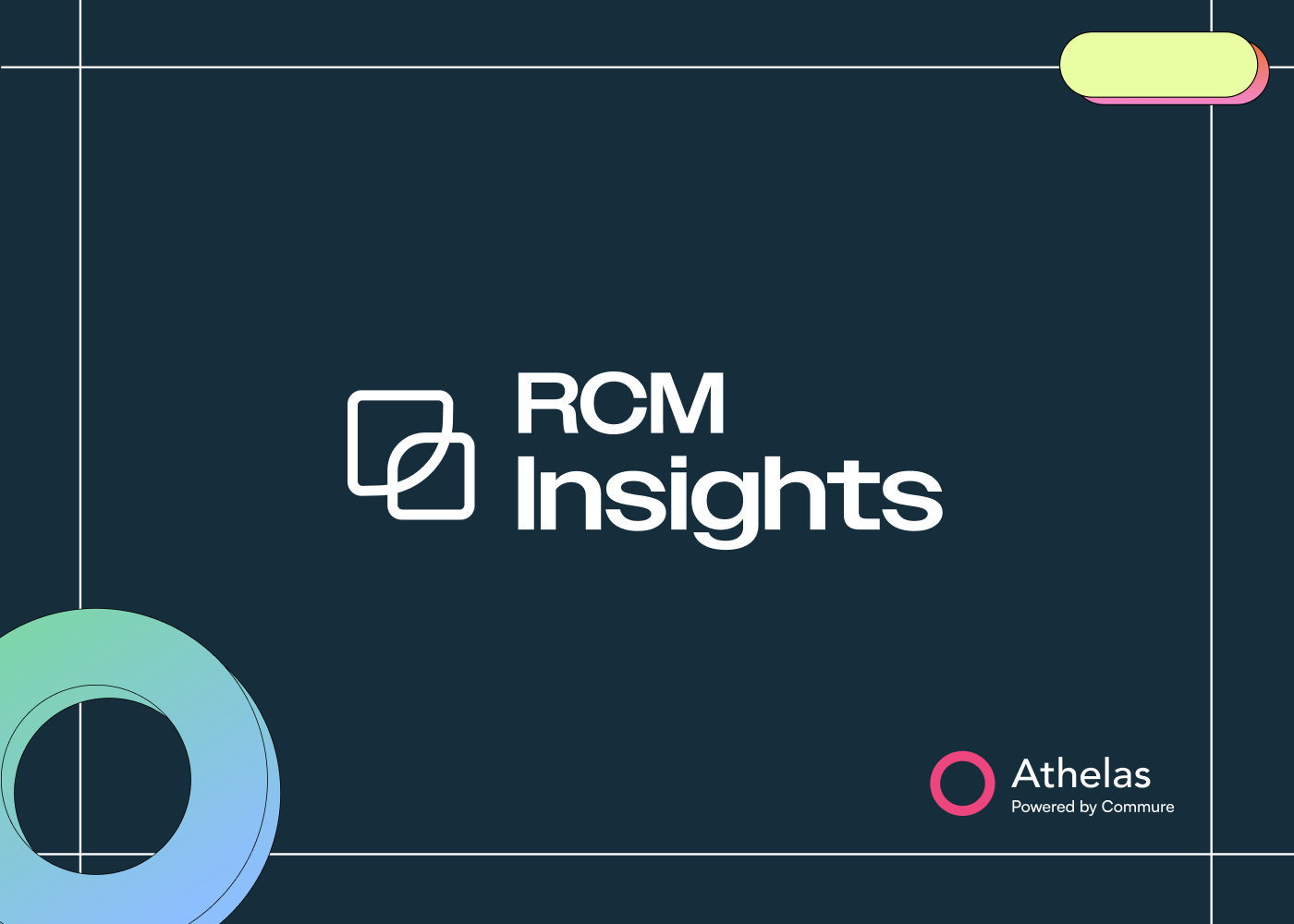In radiology, CPT 74176 is used for billing computed tomography (CT) scans of the abdomen and pelvis performed without contrast material, aiding in the diagnosis of conditions like appendicitis, kidney stones, or abdominal pain without the risks associated with contrast agents. This code is used in emergency and outpatient settings where non-contrast imaging suffices for evaluation. Understanding specific documentation parameters, payer policies, and strategies for denial prevention can help radiology practices optimize reimbursement while ensuring compliance as of 2025.
Specific Parameters to Document (Contrast vs. Non)
For CPT 74176, documentation must explicitly confirm the absence of contrast material, distinguishing it from related codes like 74177 (with contrast) or 74178 (with and without contrast in one or more regions). Non-contrast scans are preferred when contrast risks (e.g., allergy, renal impairment) outweigh benefits or when evaluating radio-opaque structures like stones. Key parameters to document include:
- Contrast Status: Clearly state "without contrast material" in the report, including rationale (e.g., patient history of contrast allergy or eGFR <30 mL/min).
- Technical Details: Specify scan protocol, such as slice thickness (e.g., 5 mm axial), field of view, radiation dose (CTDIvol and DLP), and reconstruction techniques (e.g., multiplanar reformats).
- Clinical Indication and Findings: Link to symptoms or diagnoses (e.g., ICD-10 R10.9 for abdominal pain), describe anatomy visualized (e.g., liver, kidneys, bladder), and note any incidental findings.
- Patient Preparation and Safety: Record patient positioning, any oral contrast if used (though not intravenous), and ALARA principles for radiation exposure.
- Provider Interpretation: Include radiologist's signature, date, and detailed impression correlating findings to the clinical query.
In contrast-enhanced scans (74177/74178), additional documentation for IV contrast administration, type (e.g., low-osmolar), volume, and monitoring for reactions is required, which could justify higher reimbursement but increases scrutiny. Using structured templates in RIS/PACS systems ensures all parameters are captured to support audits.
Payer Policies
Payer policies for CPT 74176 vary, with Medicare and commercial insurers emphasizing medical necessity and prior authorization for advanced imaging. Medicare follows Local Coverage Determination (LCD) L34415, requiring documentation of symptoms like persistent abdominal pain, unexplained weight loss, or suspected masses, linked to covered ICD-10 codes (e.g., K80.20 for cholelithiasis). Frequency limits apply; routine screening is not covered, and claims must include Appropriate Use Criteria (AUC) via qualified Clinical Decision Support Mechanisms (CDSM) to avoid penalties under the Protecting Access to Medicare Act (PAMA).
Commercial payers like UnitedHealthcare and Anthem often mirror Medicare but may mandate prior authorization, especially for outpatient scans, with policies updated in 2025 to include site-of-service reviews favoring freestanding facilities over hospitals for cost control. Blue Cross Blue Shield plans reference AIM Specialty Health guidelines, requiring evidence that less invasive alternatives (e.g., ultrasound) were considered. Reimbursement rates average $200-$300 for Medicare (depending on locality) and vary for commercials; bundled payments under OPPS for facilities apply. Always verify via payer portals, as 2025 updates include enhanced AI taxonomy for claims processing.
Denial Prevention
Common denials for CPT 74176 stem from incorrect coding, insufficient medical necessity, and procedural errors, with rates up to 20% in radiology claims. Key issues include billing 74176 when contrast was actually used (should be 74177), missing AUC modifiers (e.g., ME for educational claims), or lack of prior authorization. Other pitfalls: Unbundling with separate abdomen (74150) or pelvis (72192) codes, or failing to document radiation protocols.
To prevent denials:
- Pre-Submission Checks: Use eligibility verification tools to confirm coverage and obtain prior auth; append modifiers like -59 for distinct procedures if applicable.
- Robust Documentation: Ensure reports align with CPT descriptors and include all parameters; audit internally for completeness.
- Coding Accuracy: Train staff on 2025 CPT updates, avoiding upcoding to contrast-inclusive codes without justification.
- Appeal Strategies: For denials, submit redeterminations with additional records showing medical necessity and compliance.
- Technology Integration: Leverage AI-driven coding software to flag potential errors pre-billing.
By focusing on these areas, radiology providers can reduce denial rates, improve cash flow, and maintain focus on quality imaging. Stay abreast of annual CMS and payer updates for ongoing compliance.
How do you bill medicaid? Improve retention without hiring?
Get ahead of 2025 CMS changes?
Schedule a demo with Athelas today to find out.



